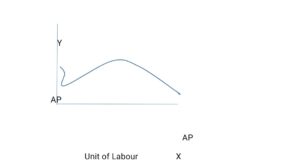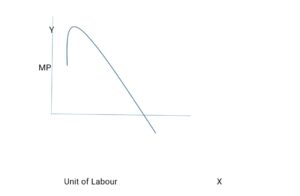Concept Of Total Product, Average Product and Marginal Product SS1 Economics Lesson Note
Download Lesson Note
Lesson Notes
Topic: Concept Of Total Product, Average Product and Marginal Product
CONCEPT OF TOTAL PRODUCT (TP), AVERAGE PRODUCT (AP) AND MARGINAL PRODUCT (MP)
- TOTAL PRODUCT (TP): Total product refers to the total quantity of goods produced at a particular time as a result of the use of all the factors of production. Symbolically written as TP = AP X Q

- AVERAGE PRODUCT (AP): Average product is defined as the output per unit of the variable factor (labour or capital) employed. This is obtained by dividing the total output by the number of labour or capital employed.
AP=TP/Q

- MAGINAL PRODUCT (MP): This is the additional product produced as a result of the application of an additional unit of a variable factor when all other factors are fixed.
Symbolically written as MP = CHANGE IN TP/CHANGE IN VARIABLE FACTOR =
TP1 – TPO
Q1 –QO

RELATIONSHIP BETWEEN TOTAL PRODUCT, AVERAGE PRODUCT AND MARGINAL PRODUCT.
The relationship between total products, average product and marginal product can be demonstrated by a graph. Both TP and MP initially rise. The TP curve remains at the maximum point when MP is zero. TP declines after MP = 0 and MP afterwards assumes negative values.






















